2020 was unusual and turbulent, but there is one certain thing. We live in a new world that requires a new way of thinking if we want to thrive in it.
Even though last year gave us a lot of challenges, it brought us some valuable lessons too. One of them is that agility should no longer be just a buzzword for building more efficient processes but an essential requirement for long-term business survivability.
To embrace this agility in practice, there are numerous guides and training that you can follow. However, it all starts with a seemingly simple but actually challenging thing - changing the environment in which you operate.
What's an Agile Work Environment?
The agile environment supports a culture of openness, transparency, customer interaction, and team collaboration. I learned this way of working when I first came to the company, and for me, it has turned out to be the only feasible way to do things.
In an Agile work environment, everybody works towards a common goal. Managers turn into leaders and welcome new ideas from everywhere. After all, as we say, "nobody has a monopoly on good ideas."
Furthermore, communication between employees and customers is at the heart of Agile organizations. We aim to create an information flow and enhanced transparency across all stakeholders on a project or strategic initiative.
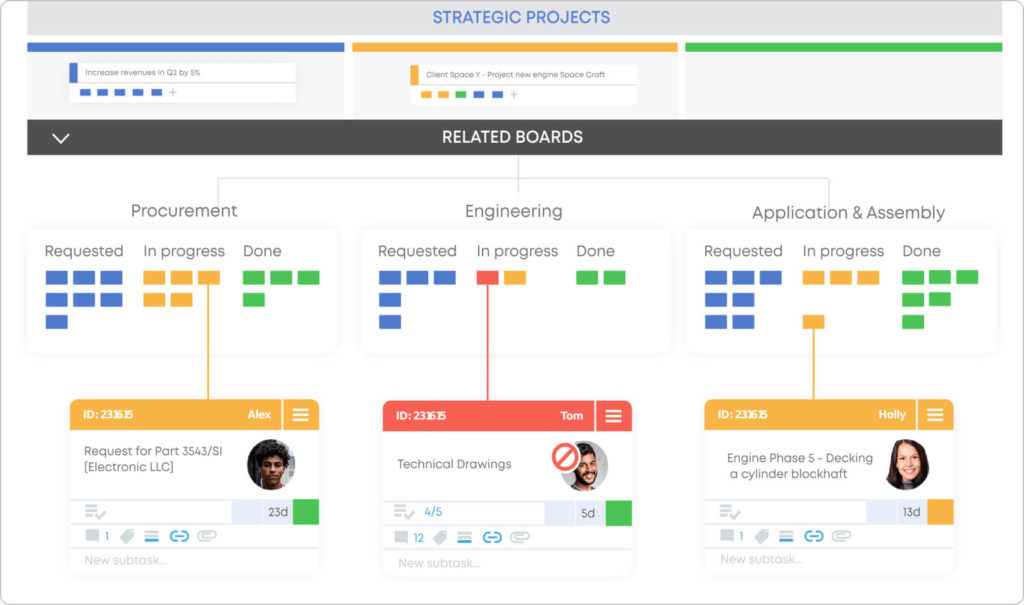
Promoting such an environment empowers people, makes them aware of everything in the organizational structure, and contributes to more flexibility in the entire business.
All this reminds us that old-school management tactics are irrelevant in today's modern business world.
Traditionally, bureaucracy prevails, and companies follow some very strict and heavy processes. It makes them clumsy when they have to execute new ideas or shift their operations to respond to changing demands.
Furthermore, non-transparency is a common issue. In fact, I've seen its effects in practice. Not long ago, I used to get some predefined work assignments from my manager without really understanding how they impacted the direction we were headed.
This made me feel lost, as everybody was doing individual tasks in isolation. Of course, there was a strategy in place. However, it wasn't properly communicated to us. Even though we still asked each other for help, it felt like everybody was doing their own thing without stitching everything together.
And don't get me started on feedback. I had to send formal emails to get it.
Anyway, I felt that we weren't productive enough, even though we were pretty busy.
But let's leave this behind and turn our eyes to the future.
What Are the Characteristics of an Agile Work Environment?
Hopefully, you got an idea of what's an Agile work environment and how it differs from the traditional one. Now, let's build on the last point and introduce you to some of the main characteristics of an Agile environment main characteristics.
Combined, they represent the first steps to creating a work environment that enables agility and, thus, long-term business survivability.
Establish and Communicate a Shared Vision
"We are in this together" is the key statement in an Agile environment.
For this to work in practice, though, there needs to be a shared vision that is constantly communicated by the leaders. That's why the concept of transparency is so crucial.
Agile organizations aim to visualize the end-to-end flow of their operations and connect strategy and execution. In turn, the Agile project managers there represent the glue that stitches the two together. Instead of assigning tasks, they become highly responsible for ensuring that the teams clearly understand the high-level vision.
In practice, a helpful tool here is the Kanban board, which allows you to build a stable Agile workflow with all stages of a team's process flow. You can easily build multiple Kanban boards, scale them across the organization, and then link everything together.
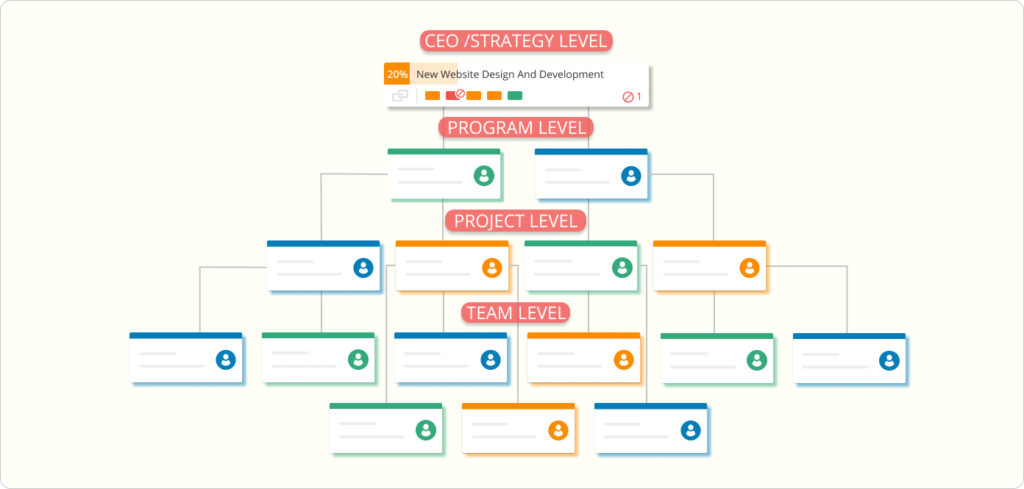
In fact, a common practice in an Agile work environment is to place these Kanban boards around the office space—either in a physical or digital format. As teams get used to working with them, eventually they will turn into information radiators, communicating planned activities, work in progress, and issues and challenges that teams face.
This openness constitutes an Agile environment. The grand idea is to make everybody aligned and see how their daily efforts move the business ahead.
Do Everything From the Eyes of the Customer
One of the main traits of organizations promoting an Agile environment is that the customers are always at the heart of their universe.
This may sound trivial, but I think there are still many companies whose primary goal is to collect their paycheck from the customer and advance onto the next one. This mentality reflects short-term business gains, but it is not a long-term survivability strategy in today's dynamic world.
That's why Agile teams move forward together with the customers instead of seeing them as adversaries. They aim to regularly deliver to them and collect feedback to make their processes "fit for purpose".
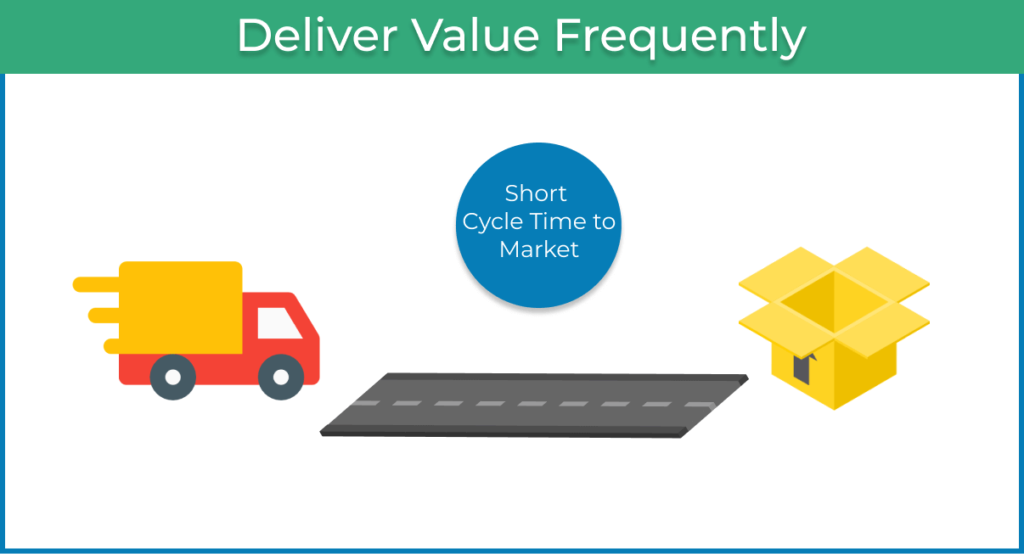
Having a "fit for purpose" process simply means gaining knowledge about customer desires and different "fitness criteria". Those can be anything from delivery times (predictability) to quality and regulatory concerns.
The idea is to model your workflow, so it reflects the customer's view of it. That's why don't be afraid to provide transparency of your processes to them too. Through frequent collaborations, you will eventually create a service that meets and exceeds customer expectations regularly.
Manage Work, Not People
This is my favorite one. To create an Agile work environment, make sure that you adopt the habit of managing the work and letting people self-organize around it.
Kanban, for example, perfectly illustrates this mentality. We aim to visualize the flow of our work on a Kanban board. Then, we engage in regular cadences (meetings) in order to determine what work, as a team, to complete.
We don't assign tasks or explicitly tell somebody to do something. Instead, the idea is to populate a commitment point (on a Kanban board) in the process and continuously deliver small pieces of value to the market or an internal environment.
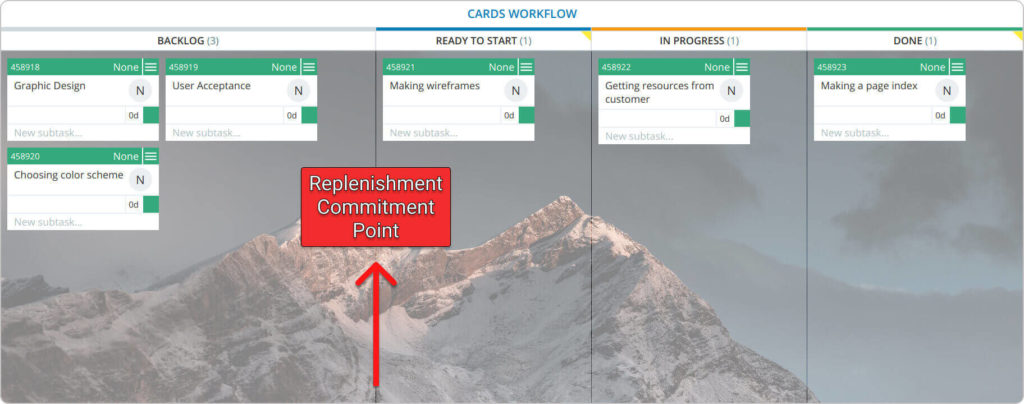
We only manage how this delivery happens. For that purpose, there is a Service Delivery Manager who tracks flow metrics and abides by the best practices in Kanban.
In my experience, this model works wonders (if handled correctly). People are no longer seen as resources that need to be strictly managed, which makes them happy about the environment that they operate in. This results in improved productivity and flexibility in the overall management of the business.
Foster Shared Leadership
This point relates to the previous one. When we focus our efforts on managing the work rather than the people doing it, we promote shared leadership.
This is extremely important for building an Agile environment because, at the end of the day, great results derive from great individuals and not so much from the technology or processes they use.
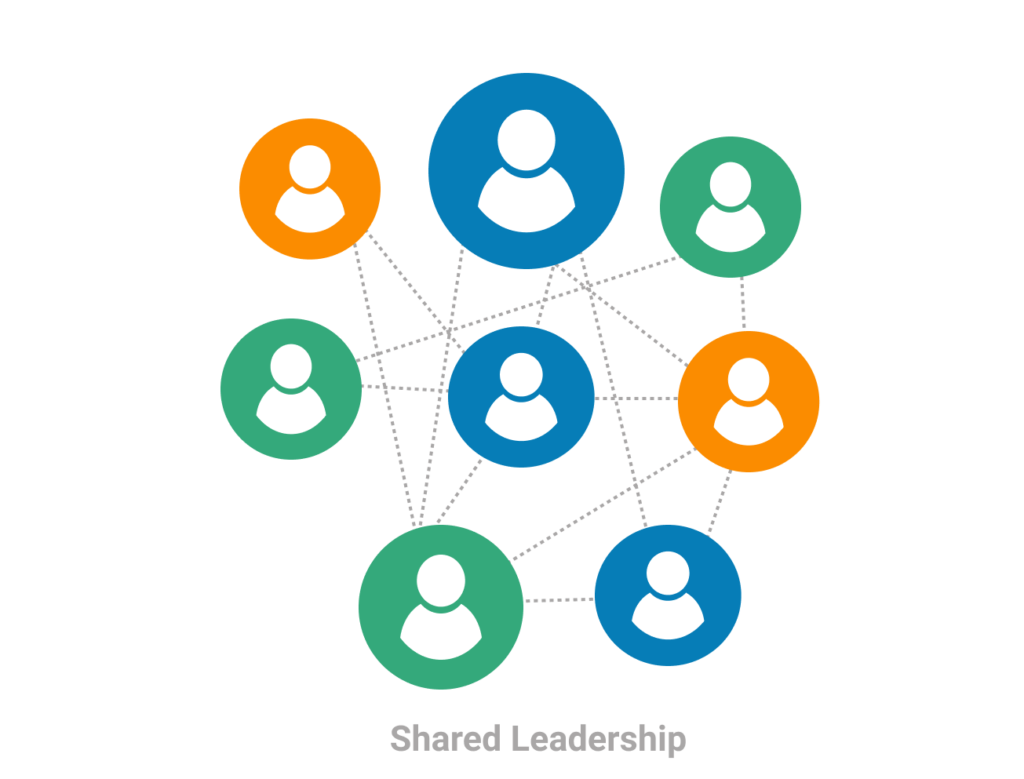
Furthermore, fostering shared leadership in the company enables people to think outside of the box and generate innovative ideas. This is precisely how many startups have been able to generate a competitive advantage over established brands, forcing bigger organizations to turn to the startup mentality.
The shared leadership model is also a big part of Kanban. We aim to empower our people to take on more responsibilities that might not be related to their standard job description.
This way of thinking helps us significantly reduce delays in response rates as well as better adapt to changing requirements whenever necessary.
Develop a Mindset of Continuous Improvement
The last point I'd like to discuss lies within continuous improvement.
To build an Agile environment, you need to embrace the practice of revisiting your processes on a regular basis and look for improvements. This will ensure that you have a stellar process that satisfies your customers' needs all the time.
In Kanban, for example, we engage in the practice of Service Delivery Reviews, which is one of the 7 Kanban cadences.
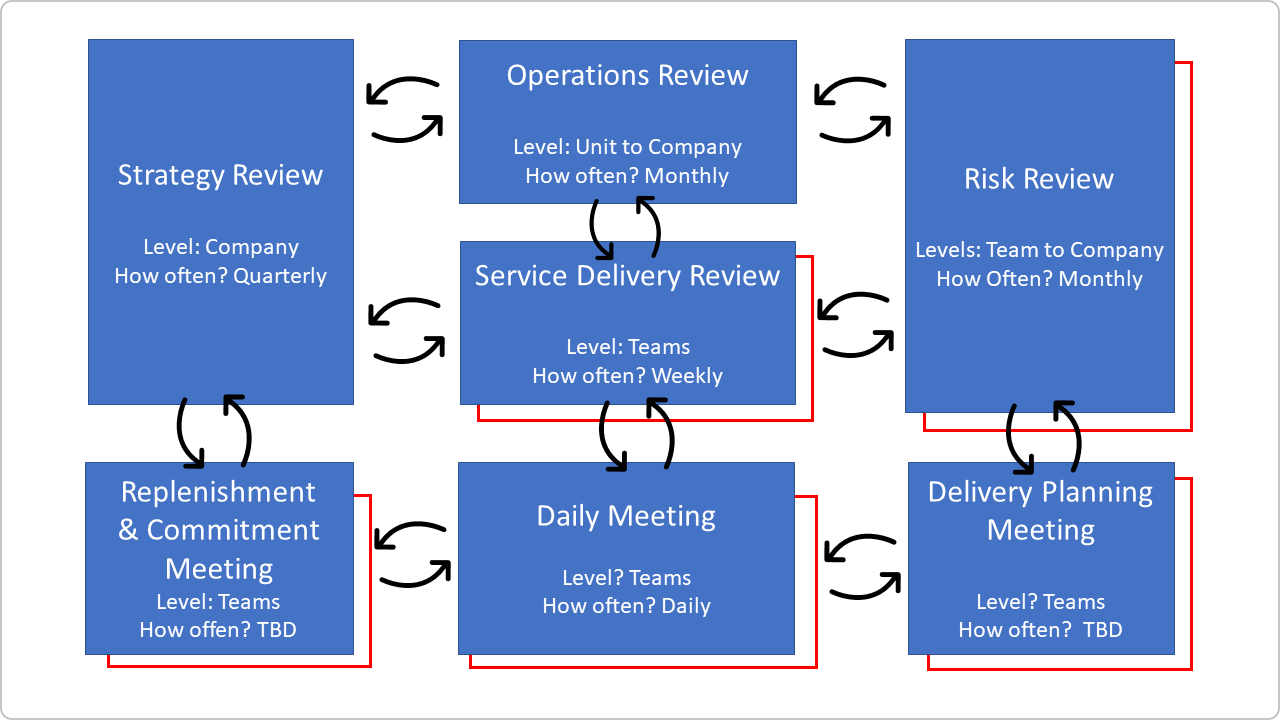
There we review all the work that we've completed for a certain period, present our flow metrics, and discuss whether we can meet our "fitness criteria". Everybody's free to express their concerns about the process and give their ideas on how they think it could be improved.
One of the great things about those "Review" cadences is that it allows you to test hypotheses and discover new ways of working. After all, experimentation is another main characteristic of an Agile work environment.
Doing this on a regular basis will give you the opportunity to refine your process continually and with each cadence, enhance your service delivery capabilities and delight your customers.
Final Words
The future of work belongs to building an Agile environment inside your organization. After all, the world we live in requires enhanced adaptability if we want our businesses to survive.
That's why focus your efforts on changing your mindset first by embracing practices such as transparency, collaboration, and respect for people. Only then try to figure out what would be the most suitable Agile approach for your situation.
And don't be afraid to test new ways of working and gather feedback from anywhere you can get it. No matter what Agile method or framework you follow, that remains the only certain way to achieve true agility.

Nikolay Tsonev
Product Marketing | PMI Agile | SAFe Agilist certified
Nick is a seasoned product marketer and subject matter expert at Businessmap, specializing in OKRs, strategy execution, and Lean management. Passionate about continuous improvement, he has authored numerous resources on modern-day management. As a certified PMI practitioner and SAFe Agilist, Nick frequently shares his insights at Lean/Agile conferences and management forums.



